There can be your advertisement
300x150
7 Principles of Children's Room Design You Should Know
We have tried to highlight several universal functions and selected design ideas that help bring them to life.

1.
Safe Design
developing independence and confidence
To help your child grow into an independent individual who confidently explores the world, take precautions early: use eco-friendly materials in finishing, choose warm and non-slip flooring, ensure outlets have covers, avoid sharp edges, and secure heavy items properly.
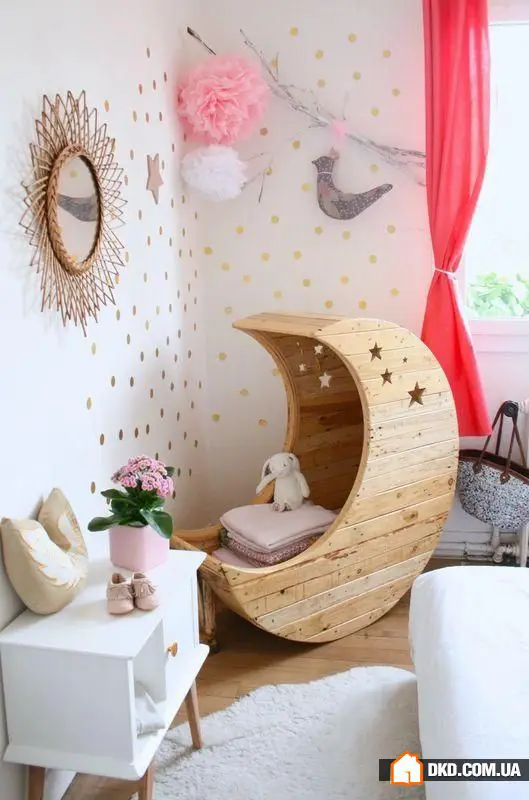




2. Correct Color Palette
forming a harmonious personality
Don't forget about the importance of color choices in interior design: proper selection can provide psychological comfort for play and rest, growth, and development. For children under two years old, favor neutral and soft colors, and you can introduce vibrant hues in rooms for older children.
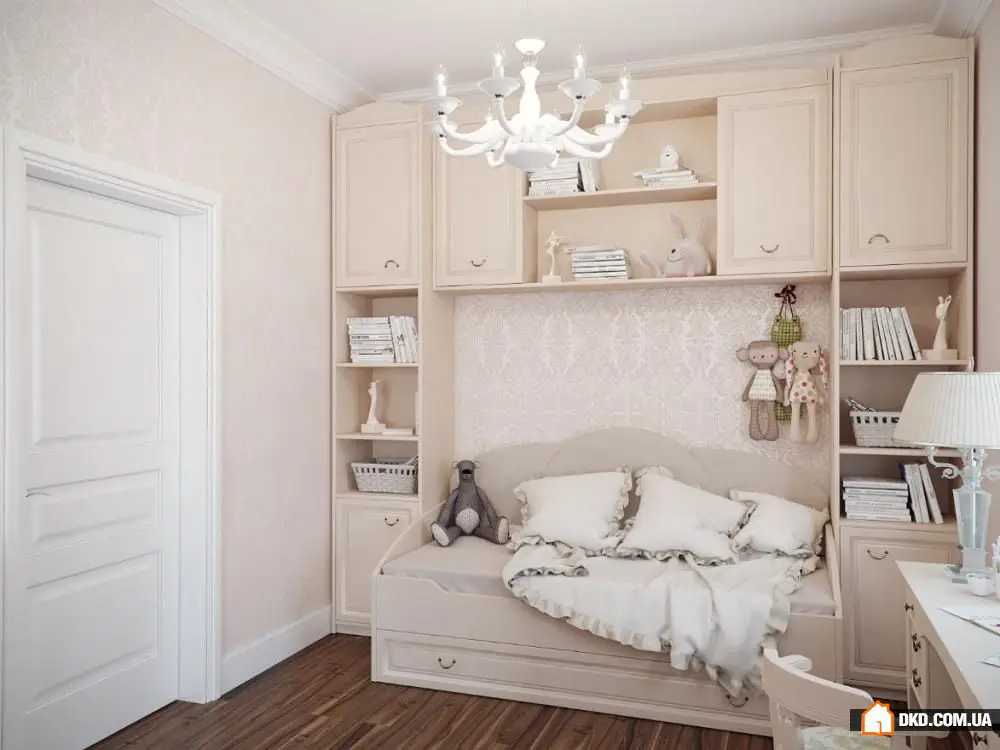

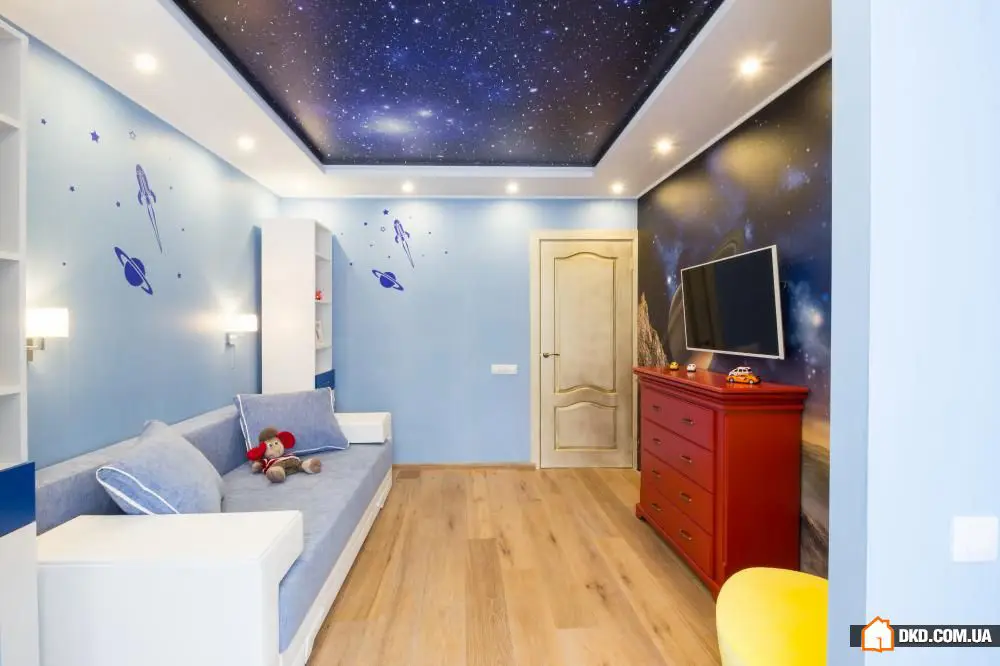
3. The Magic of Mirrors
positive impact on self-esteem
Psychologists also recommend placing a large mirror in the child's room to help build self-confidence and self-awareness. It will aid the child’s adaptation to their appearance, forming a correct self-image and healthy self-esteem.

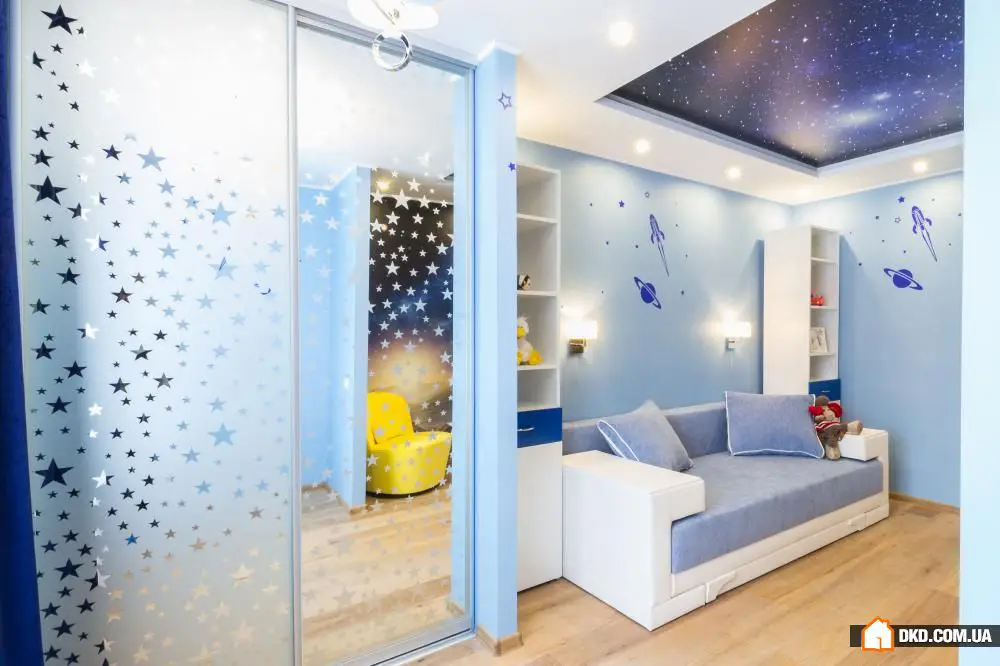 4. Storage Areas
4. Storage Areascultivating tidiness and discipline
To encourage your child to keep things tidy, make cleaning toys fun. Add a game element: for example, shelves for frequently used items can be placed on a miniature turntable. Remember that each item should have its clearly defined place, so storage systems should be organized and easily accessible.
You can also label shelves by day of the week and arrange clothes for each day. This method will initially save you time on packing, and later become a useful habit for your child.
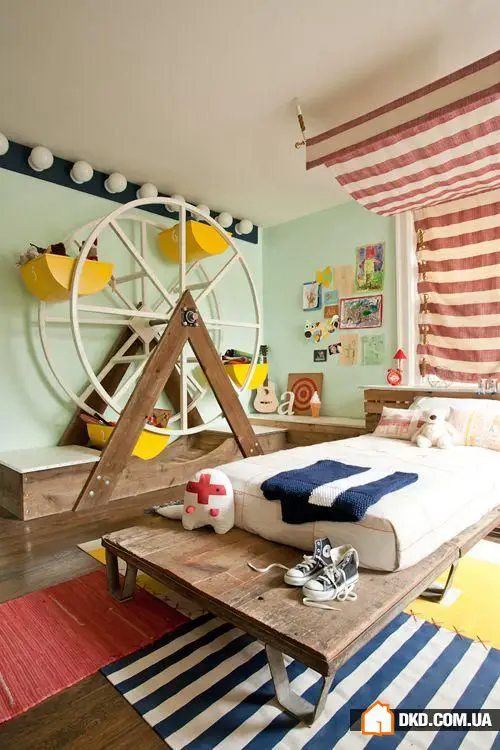
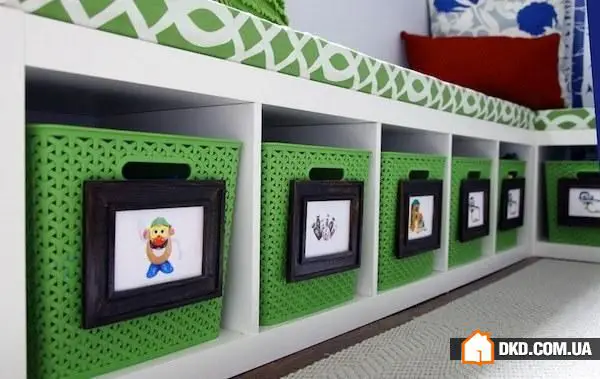
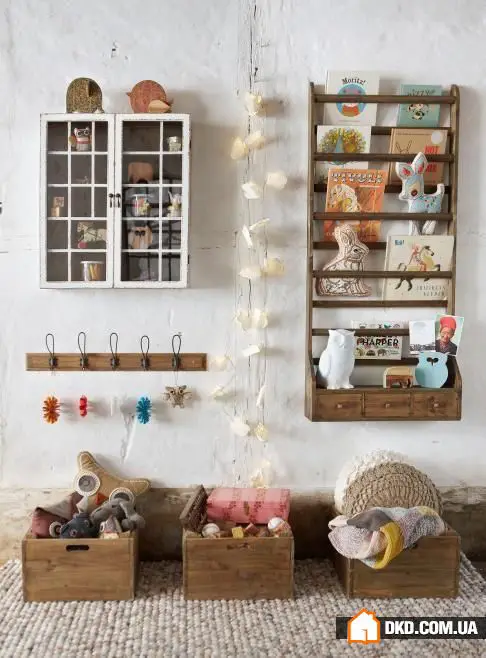

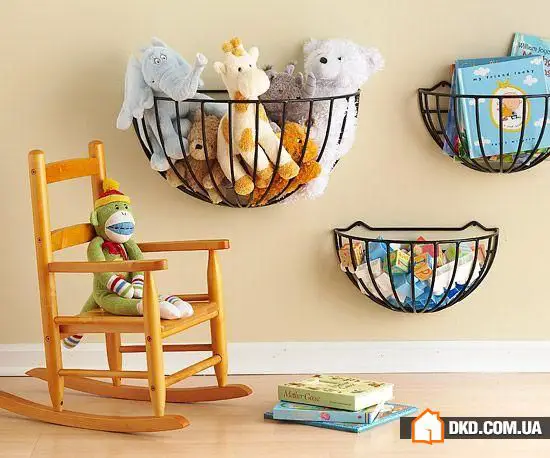
5. Space for Self-Expression
fostering responsibility
To help your child develop discipline and organization from an early age, hang a daily or weekly schedule on the wall. This could be a magnetic or chalkboard where you can leave reminders or notes for your child. In our age of communication, this classic approach still has its charm.
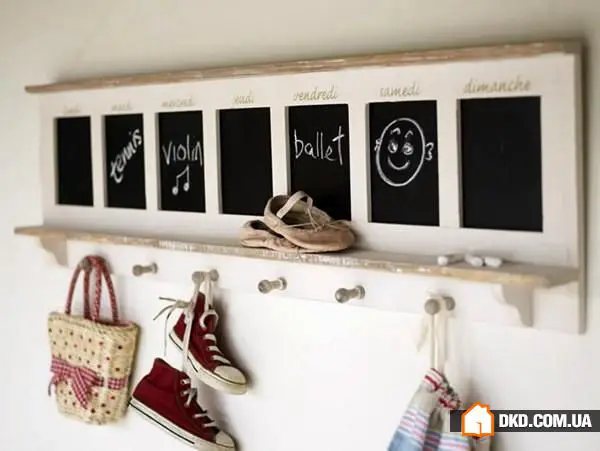
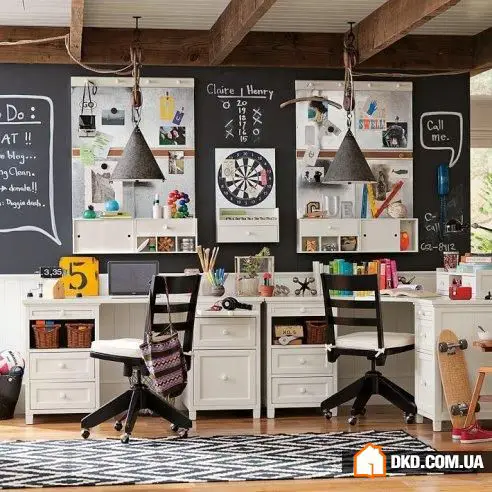
6. Interior Accents
stimulating curiosity for new knowledge
A world map on a full wall or just a globe, a glass cabinet for collecting items, or an eye-catching book storage system can inspire your child to seek new knowledge and stimulate interest in the surrounding world.
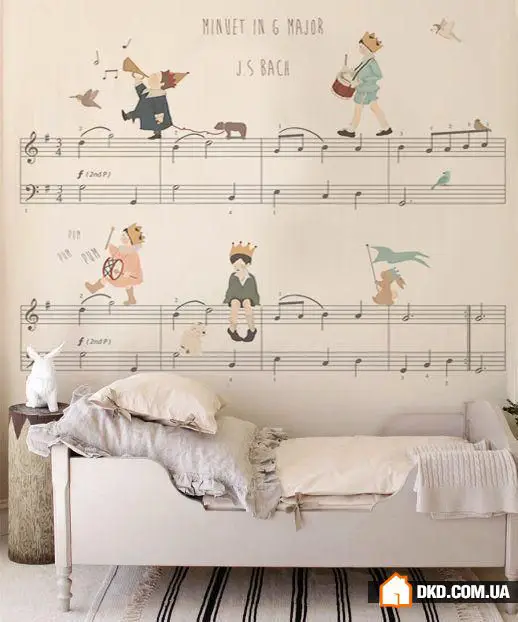
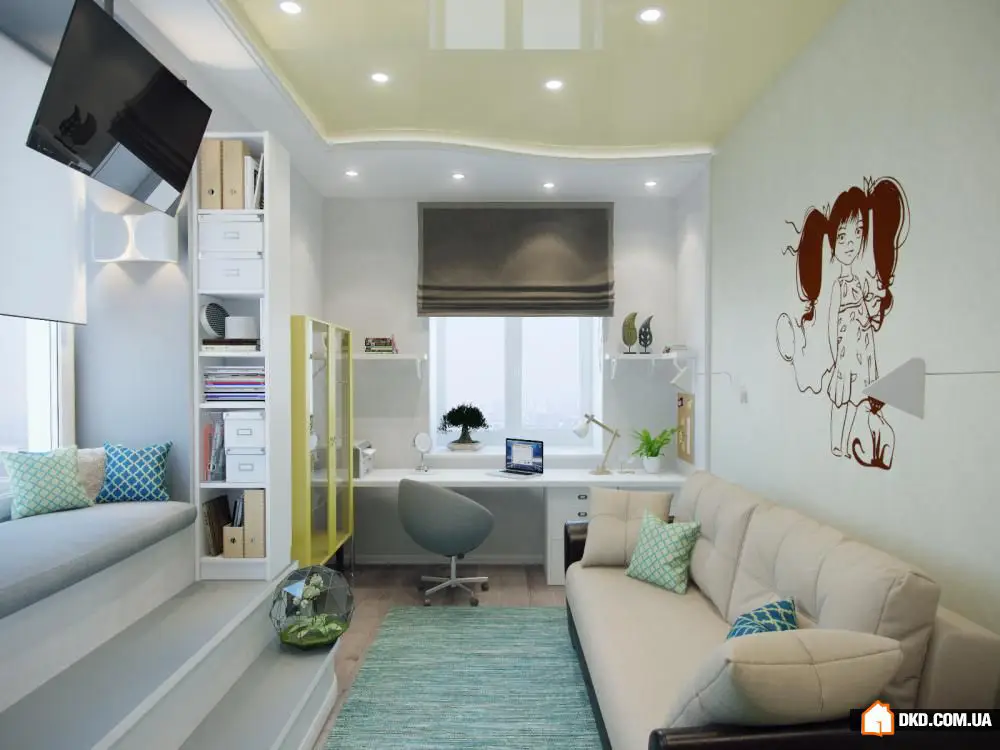
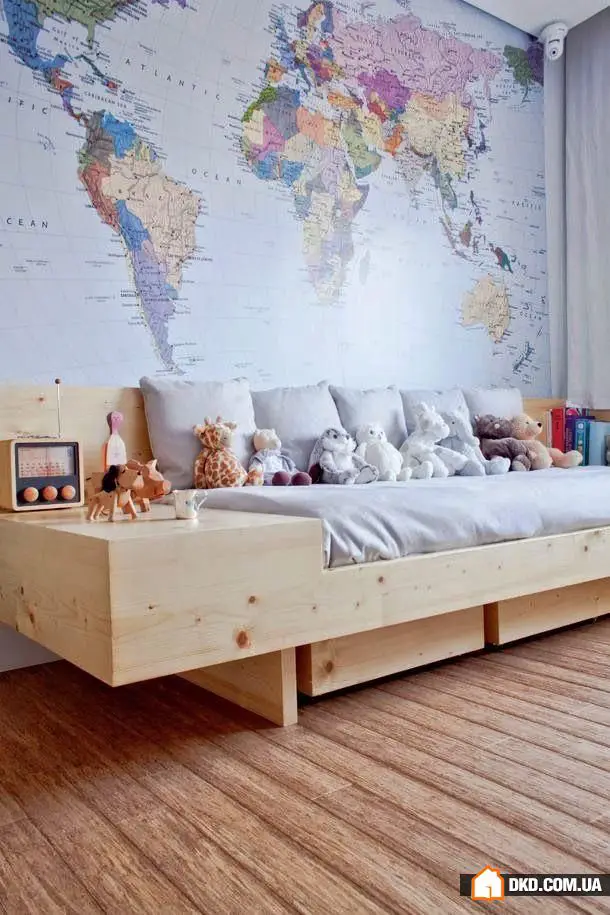
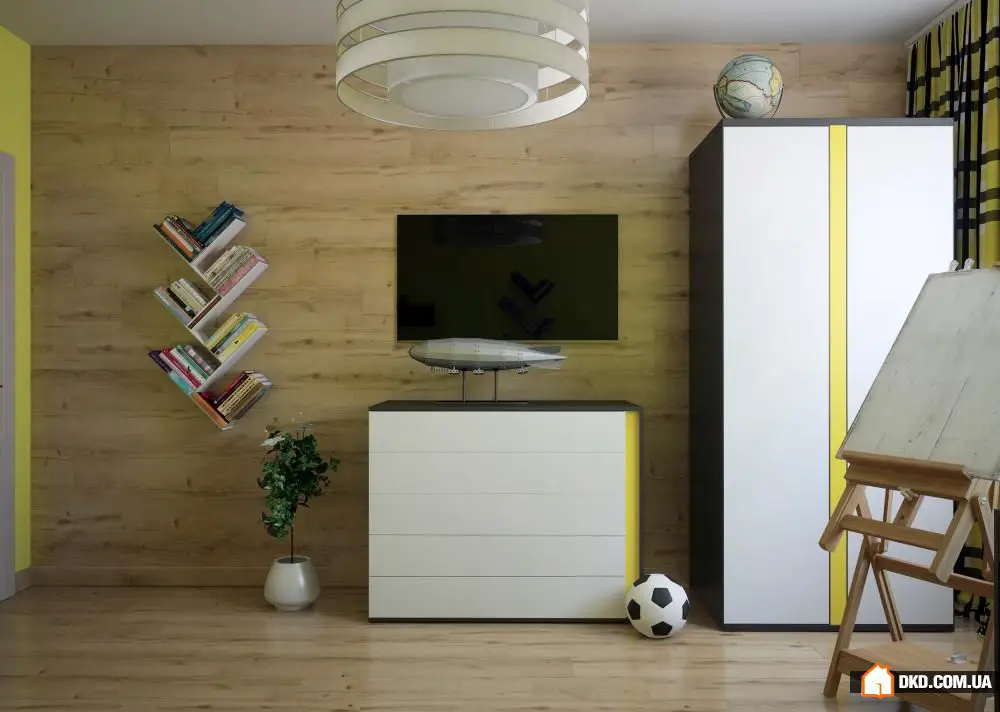

7. Creative Approach
fostering imagination and creativity
Each of us remembers our childhood bedroom “through rose-colored glasses,” and most likely would be surprised by the reality if they saw it in adulthood. The reason? Boundless childlike imagination tends to embellish reality. To avoid disappointment for your child, be creative! Create a unique zone in the child’s room: a tent, wigwam, miniature house, or improvised deck. Soon you will see how this space becomes the child's favorite spot for play and rest. Even the simplest idea you may think of can grow into legends and captivating mysteries.

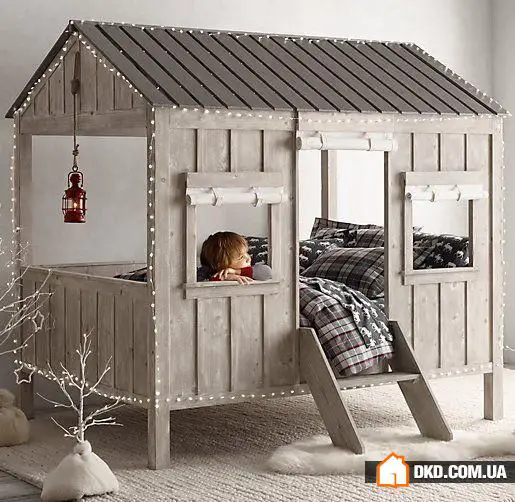

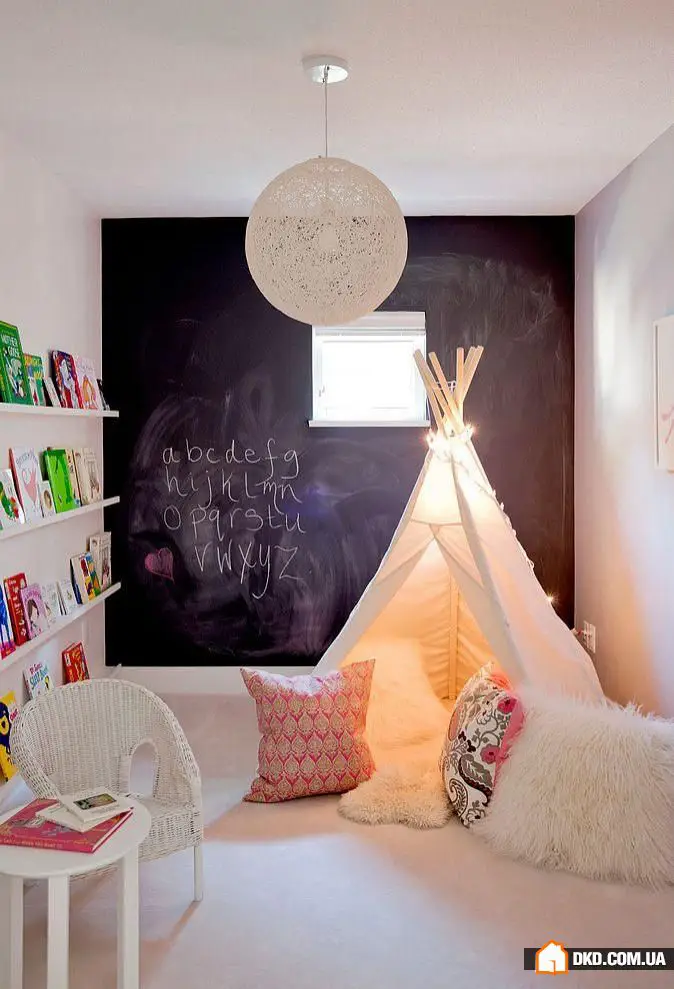

More articles:
 Top 20 Best Places to Live
Top 20 Best Places to Live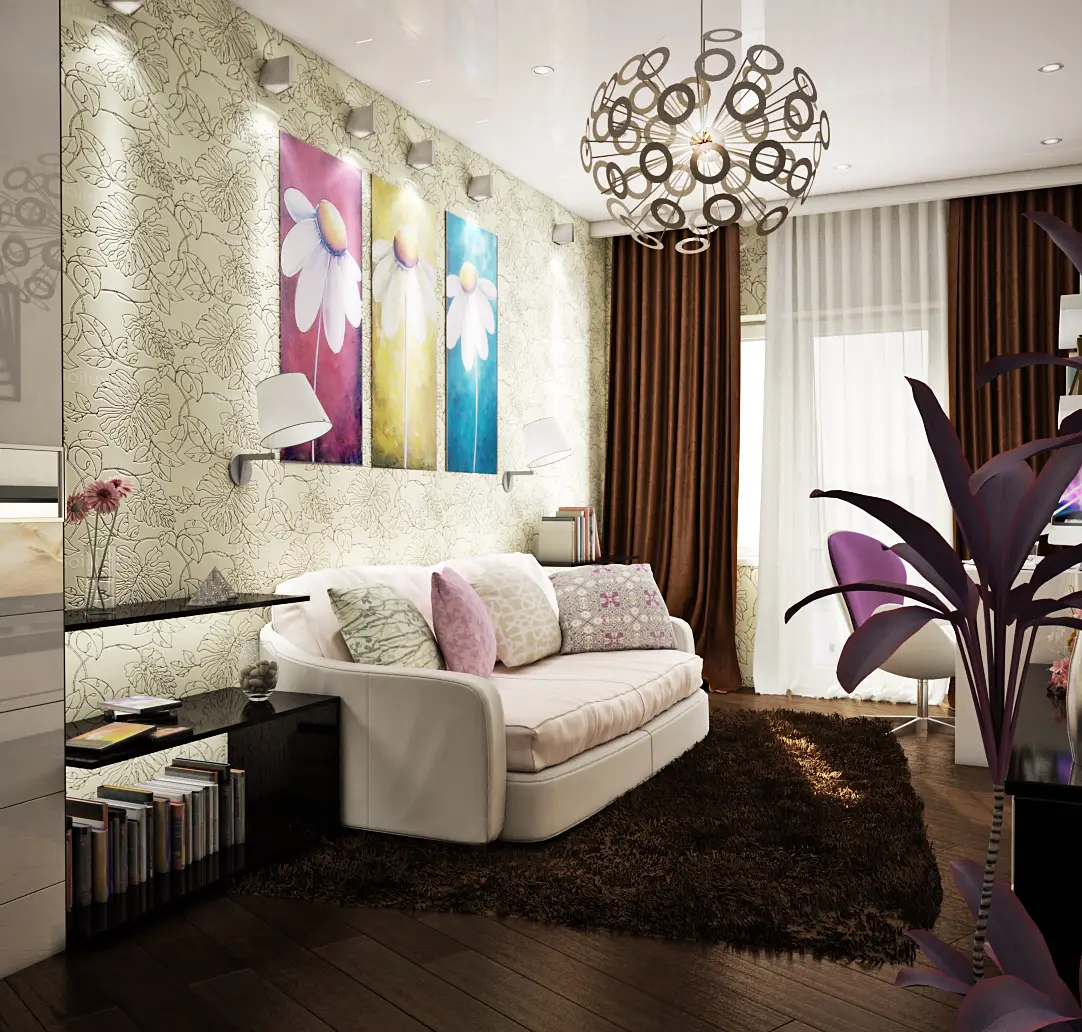 How to Simply Make Sound Insulation in an Apartment
How to Simply Make Sound Insulation in an Apartment Romantic Touch in Everyday Life: Provence in a Kiev Mansard
Romantic Touch in Everyday Life: Provence in a Kiev Mansard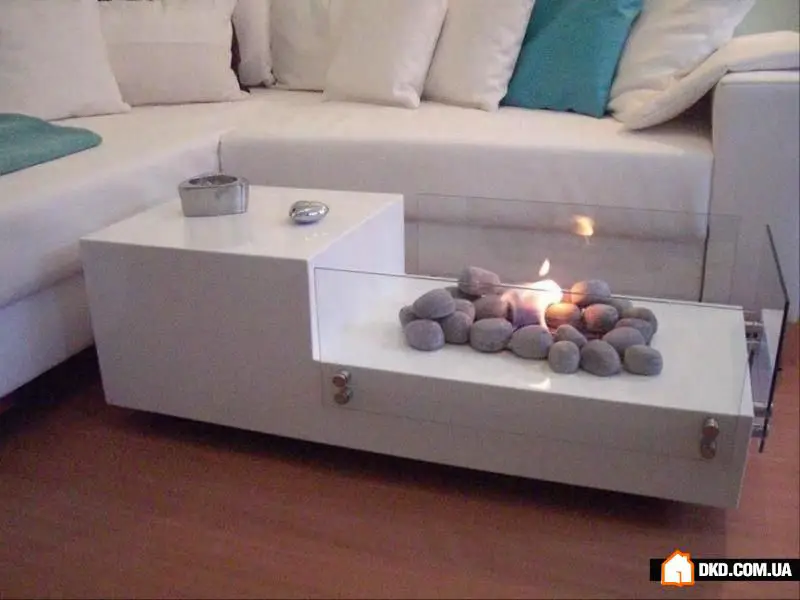 20 Coffee Tables with Completely Unique Designs
20 Coffee Tables with Completely Unique Designs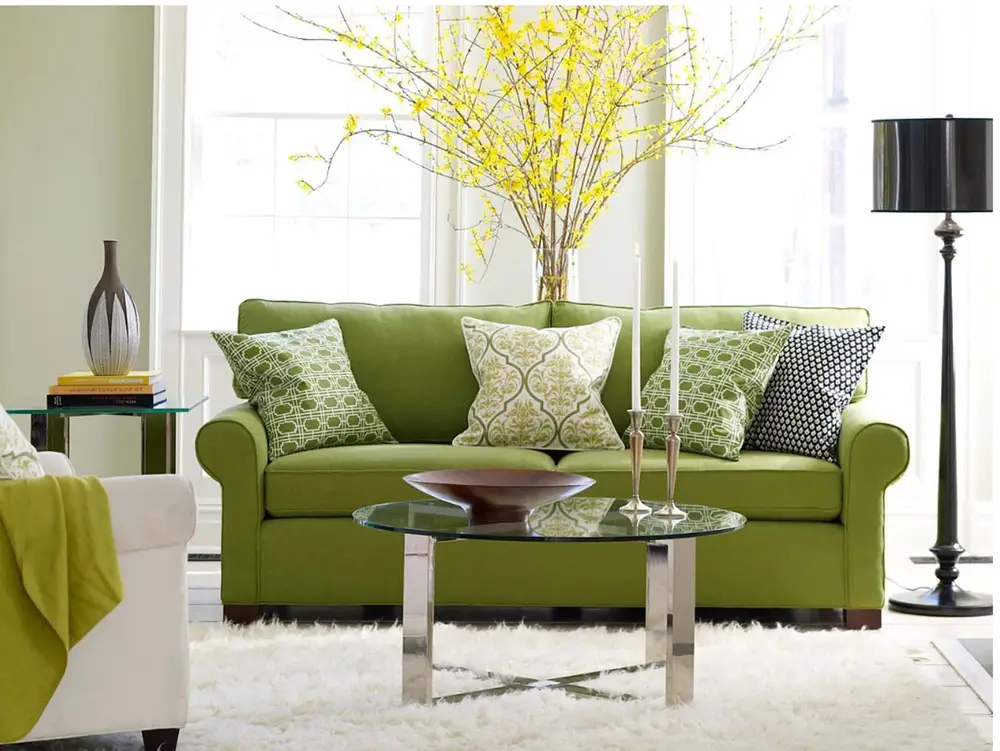 Closer to Nature: 20 Eco-Ideas for Your Apartment
Closer to Nature: 20 Eco-Ideas for Your Apartment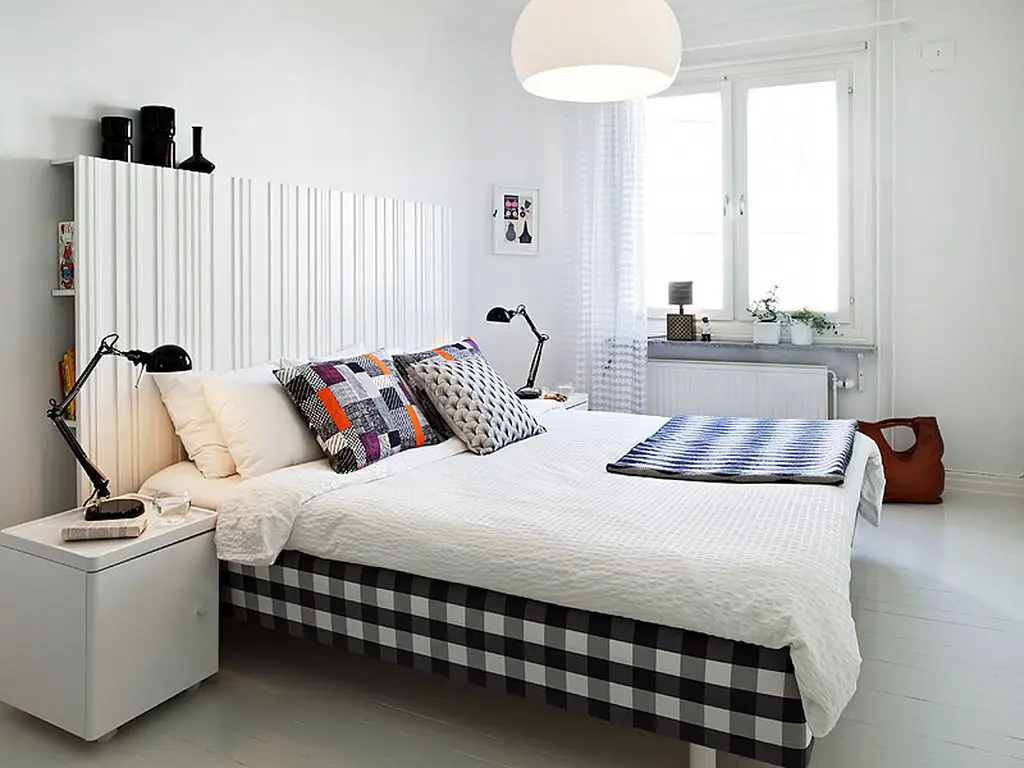 Express Bedroom Renovation: 7 Steps to Refresh
Express Bedroom Renovation: 7 Steps to Refresh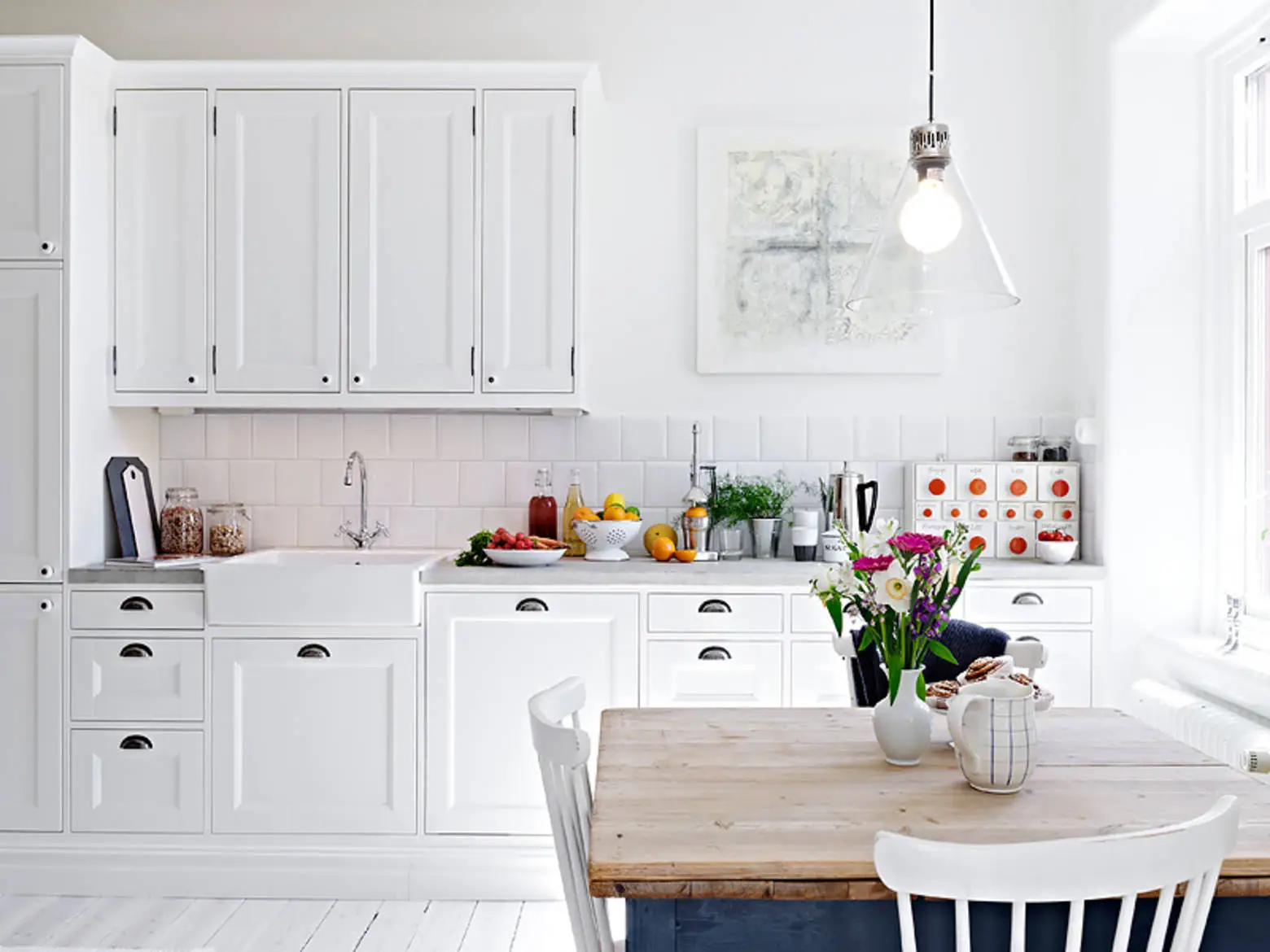 White Kitchen: 5 Tips for Creating the Perfect Interior
White Kitchen: 5 Tips for Creating the Perfect Interior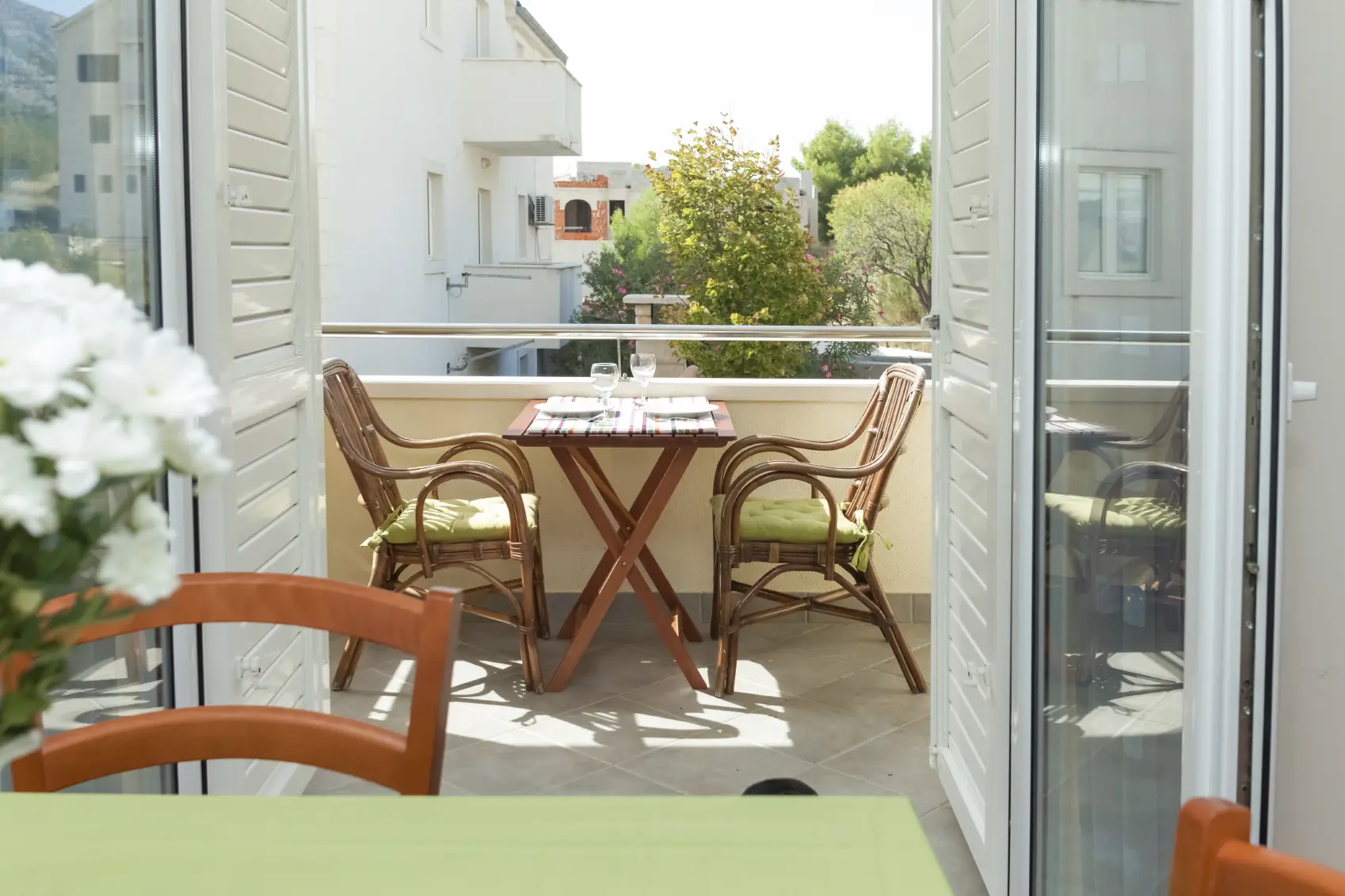 How to Design a Balcony: 20 Fresh Ideas
How to Design a Balcony: 20 Fresh Ideas